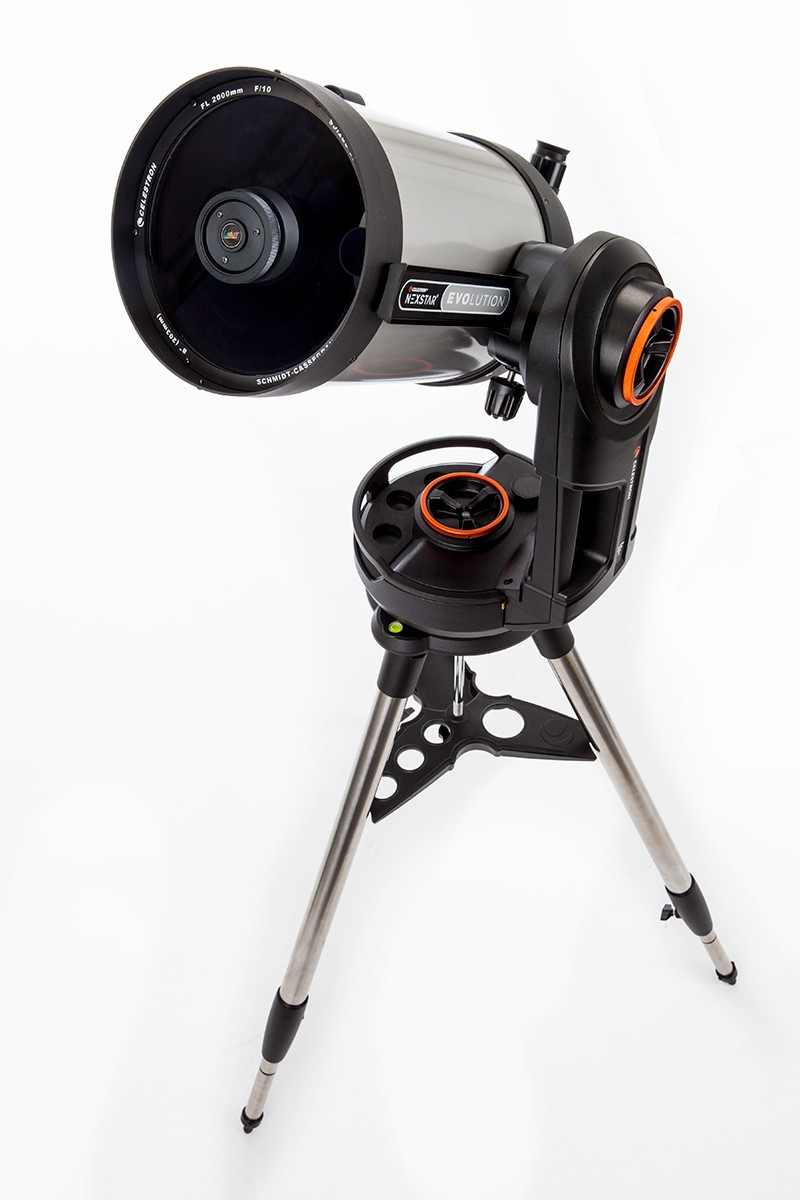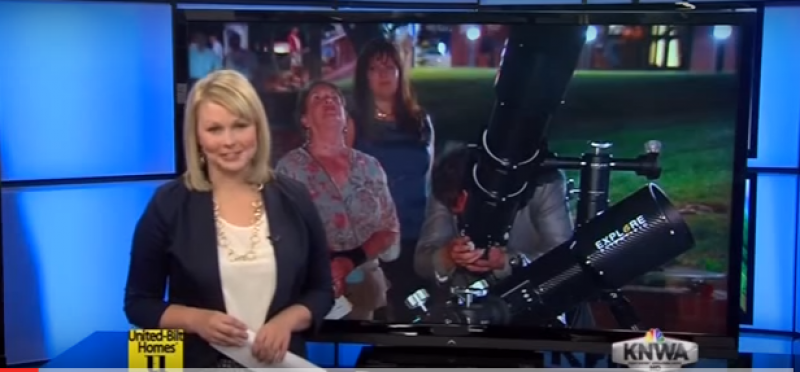Blog
5 Websites Where Amateur Astronomers can get Professional Help
Friday, August 5th 2016 12:00 AM
One of the main missions of observatories and university astronomy departments, besides peeking — or listening — deep into the outer corners of space, is public outreach. Many of them have a very cool resource that could be extremely helpful to amateur astronomers who are getting up on two wheels going around a learning curve. It’s an “Ask an Astronomer” blog where you can ask questions about planets, stars, galaxies, black holes, quasars, almost anything astronomy related.
Outreach is big at observatories. This is the Rebecca Gale Public Telescope Park at the McDonald Observatory at the University of Texas, Austin. Feast your eyeballs on some big tubes, one has a wheel chair accessible eye-piece and there are pads everywhere to set up telescopes.
They’re probably not going to be able to help much on equipment questions, but maybe, and it’s always a good idea to check the question archives so you aren’t...
Read More
Read More
Ultimate in Astronomy Gadgets: GOTO Telescopes
Tuesday, August 2nd 2016 07:33 PM
Is it time to get on track? GOTO gets you there. This is an example of a 3-min. exposure by an amateur astronomer/photographer, Swimswithtrout, timed and tracked. Note the blurry trees. From the forum dpPreview.com.
Astronomy is gadget land. Yay! And at he top of list of astronomy gadgets are computerized GOTO telescopes. What’s GOTO?
The stars and planets in the night sky are predictable, and what you see depends on where on the globe you are observing from and the time and date. In the same way that mobile astronomy apps can show you a sky map as you point your device skyward, many modern telescopes such as Celestron and Meade contain computers and motors that permit these scopes to find and follow objects in the sky. The common term for those smart telescopes is "GOTO."
The Meade AutoStar III hand controller for LightSwitch features an object library of over 100,000 objects.
Nearly all models have a han...
Read More
Read More
WATCH: August is Perseid Meteor Shower Month and It's Going to be a Good One
Tuesday, August 2nd 2016 05:57 PM
August 2016 could be a stellar (ugh) year for meteor watchers. And we have Jupiter to thank for it. The annual Perseid meteor shower is expected to be a big and bright one according to NASA. That’s because the Perseid meteoroids will be passing close to the big planet and its gravity will bunch them up, making for a big show, an “outburst” where meteors streak across the sky at twice their usual rates.
Bright, camera pleasing streaks could appear at rates as high as 200 per hour. The last such outburst of meteor was 2009. And if you Google Perseid photos you’ll see that a lot of great astronomical photographs were made in August 2009. The peak of the shower should be August 11 with very good viewing a week before and a week after.
Aug. 11 should be the peak of a great Perseid shower this year. NASA photo.
Here are 10 quick Perseid facts:
1. They occur annually between mid-July and late August, with a peak usually in mid-August...
Read More
Read More
WATCH: Central California Amateur Astronomer's Intro to Dobsonian Telescopes, Part I of 5
Friday, July 29th 2016 05:44 PM
This is the first video in a series I've made to help my nieces and nephews, sisters, and parents use the Dobsonian Mount Reflector Telescopes that I bought them for Christmas. It is an introduction to telescopes and stargazing. -- Benjamin Poole.
Read More
Read More
In Memoriam: Longtime Night Sky Columnist Geoff Gaherty
Thursday, July 28th 2016 11:59 PM
Geoff Gaherty, 1941 - 2016
We are deeply saddened to inform our readers that longtime Night Sky columnist Geoff Gaherty died on July 7, 2016, from complications following a kidney transplant. For many years Geoff has been a weekly fixture to his readers on Space.com and beyond, teaching us how to observe the rich tapestry of the night sky with all its wondrous objects and intricate motions.
Geoff touched the lives of many in the amateur astrnomy community and it deeply saddens us to know that he is no longer with us. He was uniquely generous, committed and talented — a man with a passion for astronomy and the extraordinary ability for communicating it with others.
Much more on Gaherty at Space.com and his website:www.gaherty.ca
Read More
Read More
WATCH: AR Scorpii White Dwarf Lashes Red Dwarf with Mystery Ray [HEIC1616] -- 2 videos
Thursday, July 28th 2016 07:01 PM
Hubble, and a host of amateur astronomers in Europe have discovered strange behavior from a white dwarf star in the AR Scorpii system. See video below.
In May 2015, a group of amateur astronomers from Germany, Belgium and the UK came across a star system that was exhibiting behavior unlike anything they had ever encountered before. Follow-up observations led by the University of Warwick and using a multitude of telescopes on the ground and in space, including the NASA/ESA Hubble Space Telescope, have now revealed the true nature of this previously misidentified system.
The star system AR Scorpii, or AR Sco for short, lies in the constellation of Scorpius, 380 light-years from Earth. It comprises a rapidly spinning white dwarf, the same size as Earth but containing 200 000 times more mass, and a cool red dwarf companion one third the mass of the Sun. They are orbiting one another every 3.6 hours in a cosmic dance as regular as clockwork.
In a unique twist,...
Read More
Read More
REVIEW: Celestron NexStar Evolution 8
Tuesday, July 26th 2016 07:27 PM
Telescope innovation and improvement continues apace, nowhere more evidently than with the Celestron NexStar Evolution 8, an 8-inch Schmidt-Cassegrain telescope on a computerized single fork arm. This altaz mount sits on a stainless steel tripod and comes with a star diagonal, Celestron’s StarPointer red-dot finderscope, 40mm and 13mm eyepieces, and a mains power cable.
The single fork arm mount has a useful carry handle, but it is within the mount’s single arm that the innovation begins. For starters there is an integrated lithium-ion phosphate battery. With this charged up you don’t need an external powerpack – a long overdue touch. The mount will also function with the power cable connected.
The other innovative aspect to be hidden inside the mount is a built-in Wi-Fi network. Using this, you can connect wirelessly with a smartphone or tablet to control the scope, although a hand controller is supplied, so tradition hasn’t been thrown completely out o...
Read More
Read More
Central California teen develops new technology for astronomical telescopes
Tuesday, July 26th 2016 06:00 PM
Under the mentorship of Andrew Phillips, who heads up the Advanced Coatings Lab at the University of California Observatories, teenager Spencer Cheleden, 17, began experimenting with silver-based reflective coatings on telescope mirrors in the fall of 2015 as part of UC Santa Cruz’s Science Internship Program.
Optical coatings are thin films applied to mirror and lens surfaces to enhance reflection for mirrors. They can consist of one or multiple layers of various materials, and are roughly 200 to 400 nanometers in thickness — or 1/300 the diameter of a human hair.
Spencer Cheledon. (Santa Cruz Sentinal photo by Dan Coyro)
In amateur astronomical telescopes, examples of cutting edge optical coatings are the Starbright XLT coatings from Celestron and the Ultra High Transmission Coatings (UHTC) from Meade Instruments. In mirror coatings Meade UHTC uses aluminum enhanced with a complex stack of multi-layer...
Read More
Read More
WATCH: Explore Scientific Makes the News
Friday, July 22nd 2016 07:04 PM
Explore Scientific made the news on Astronomy Day in KNWA in Arkansas. See video below.
National Astronomy Day (May 14 and Oct. 8 in 2016) has a way of bringing the science of space, closer to home. "I find that almost everybody, when they see a telescope, something triggers that they just go, wow, you know I wonder what I could see with that," Scott Roberts, Founder and President of Explore Scientific. After 30 years of selling and making telescopes, Roberts decided to take his future into his own hands. "I started this in my garage in Laguna Hills, Calif. in Orange County and when I told my friends that I was relocating my business to Arkansas, Californian's go 'are you crazy?' he said. Fast forward 5 years, Roberts is counting his lucky stars. Explore Scientific brought in 35,000 dollars its first year, and is now a multi-million dollar company based in Springdale. "I would say that if I had not moved to some place like Northwest Arka...
Read More
Read More
5 Coolest Telescopes in the World
Friday, July 22nd 2016 06:32 PM
In the last few hundred years, we've come a long way in astronomy. For that matter in the last few decades we've come a long way. Here are five of the coolest big eyes we have looking out at the universe. We'd say the five best on the planet but four of the five aren't on the planet...
1. The Hubble Space Telescope
Hubble Space Telescope gets a house call. NASA photo.
The Hubble Space Telescope, launched in 1990, has captured iconic images such as the deep field, Crab Nebula, and Eagle Nebula. Because the Hubble orbits the Earth, free from distortion caused by Earth's atmosphere, it can take extremely high-resolution images allowing astronomers to peer deep into space and time.
2. The W.M. Keck Observatory
Keck Observatory in Hawaii is one of the most prolific image generators in the media. NASA photo.
The W.M. Keck observatory, which has been operating since 1993, sits on top of Mauna Kea,...
Read More
Read More
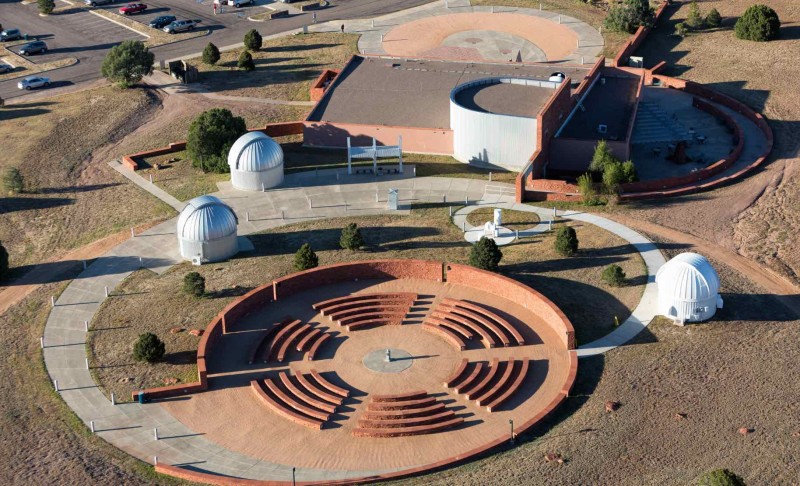
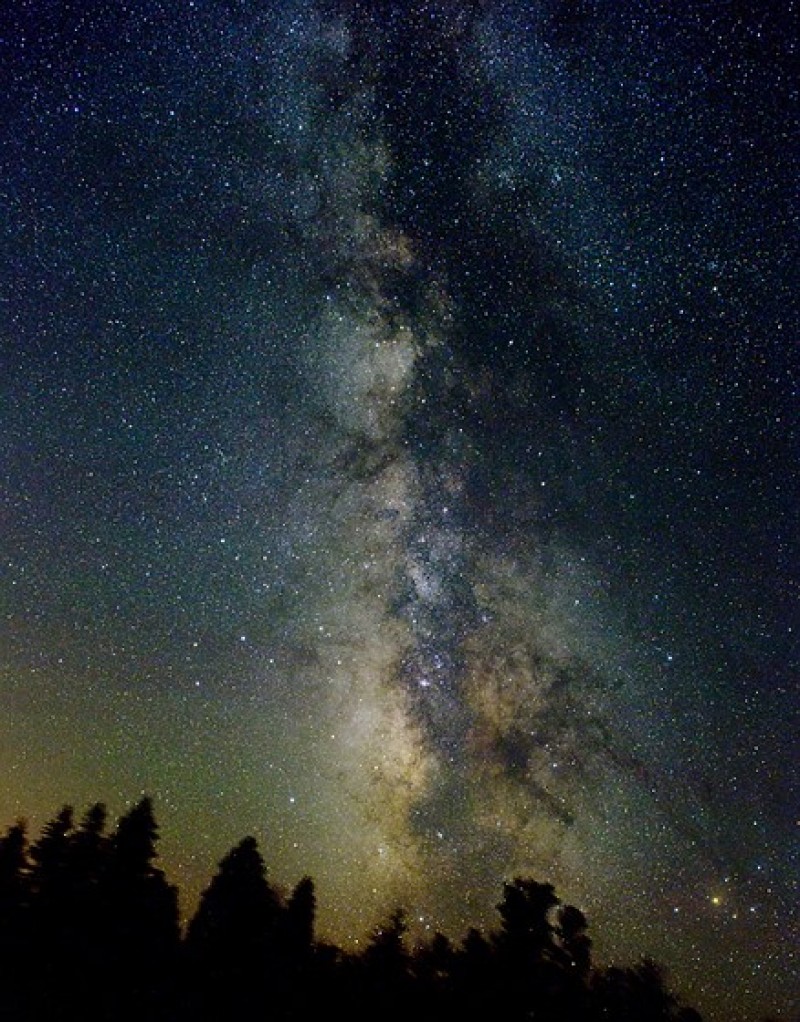
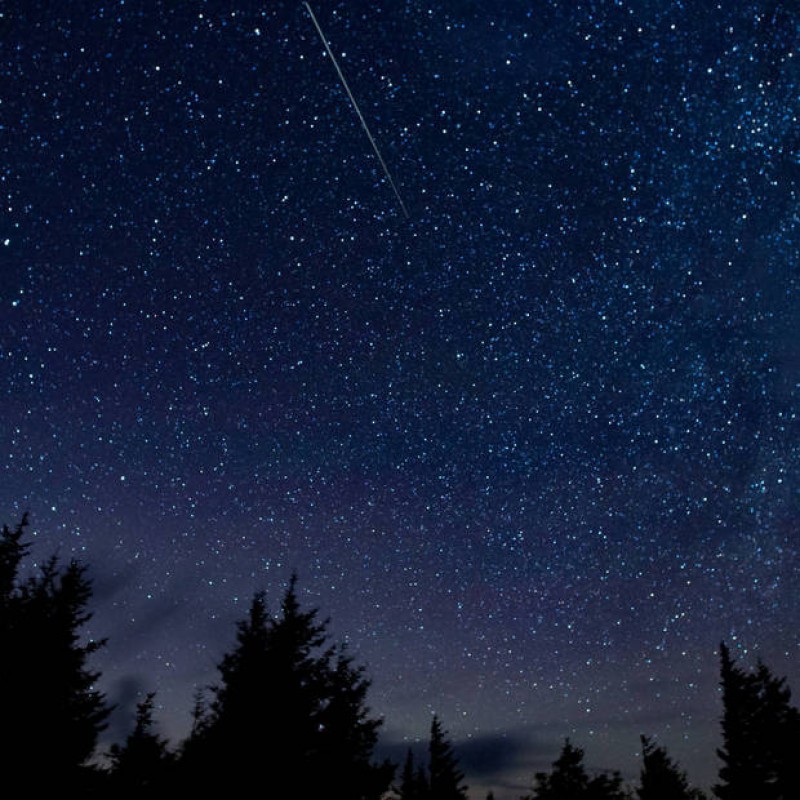


![WATCH: AR Scorpii White Dwarf Lashes Red Dwarf with Mystery Ray [HEIC1616] -- 2 videos](https://buytelescopes.com/images/article/861/ca08f2cc6ee40295c72f6b2ae594e749d8c7833c.PNG)
